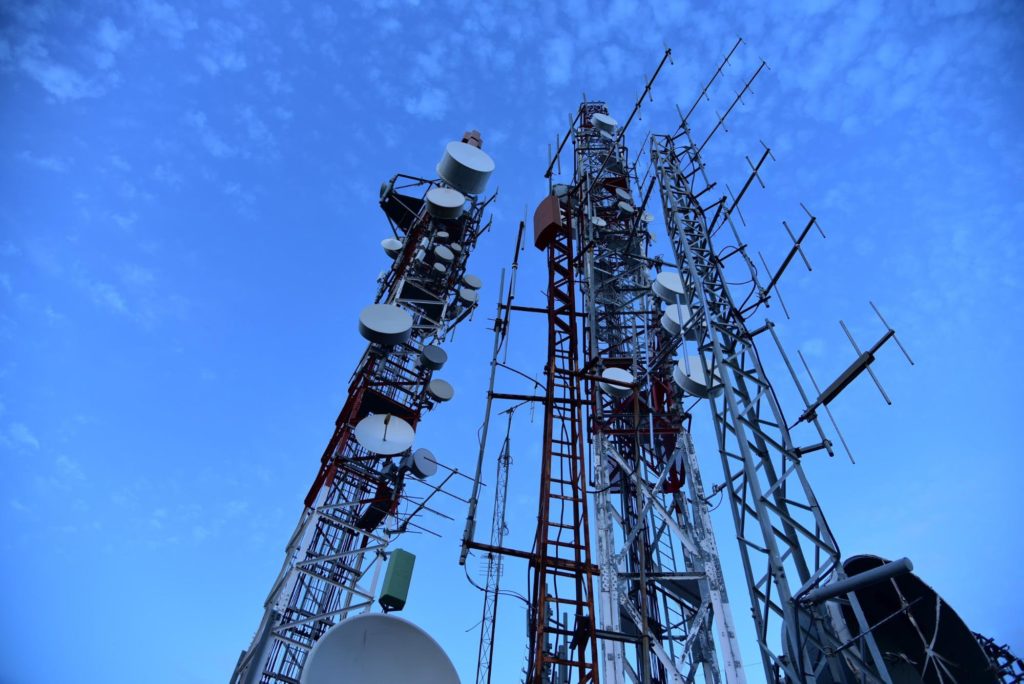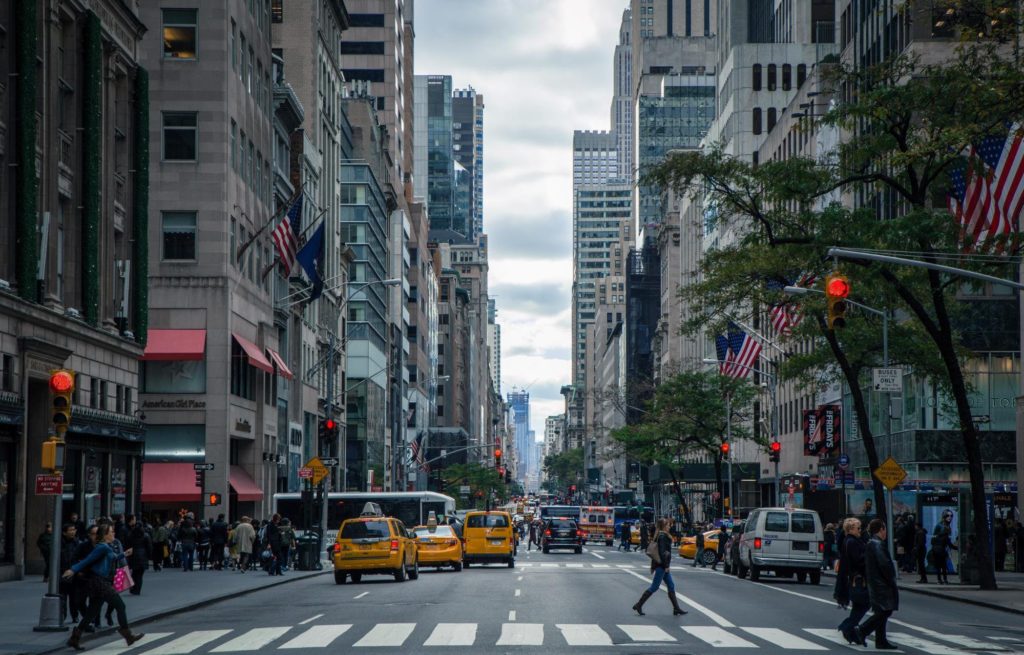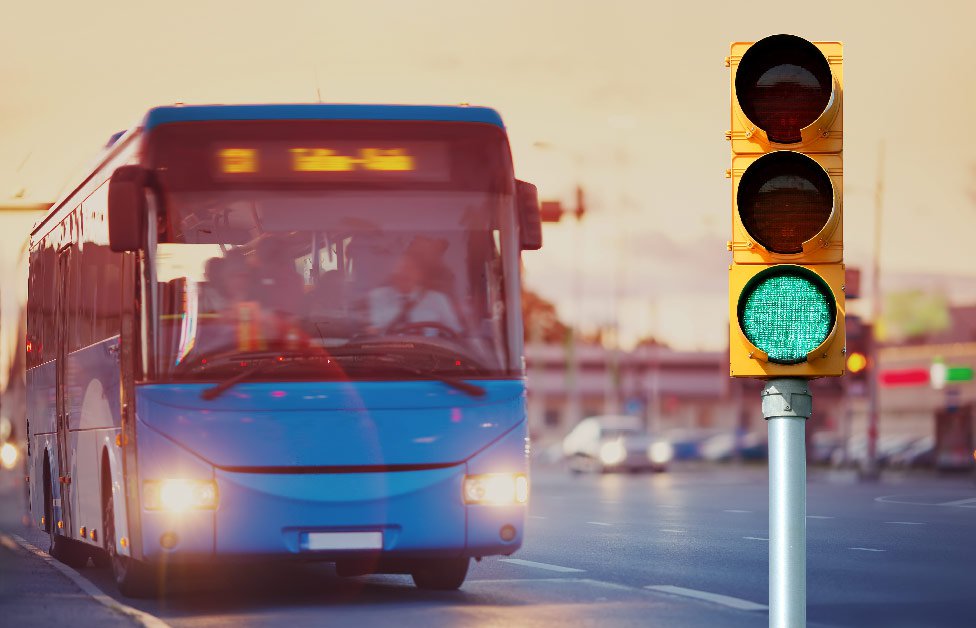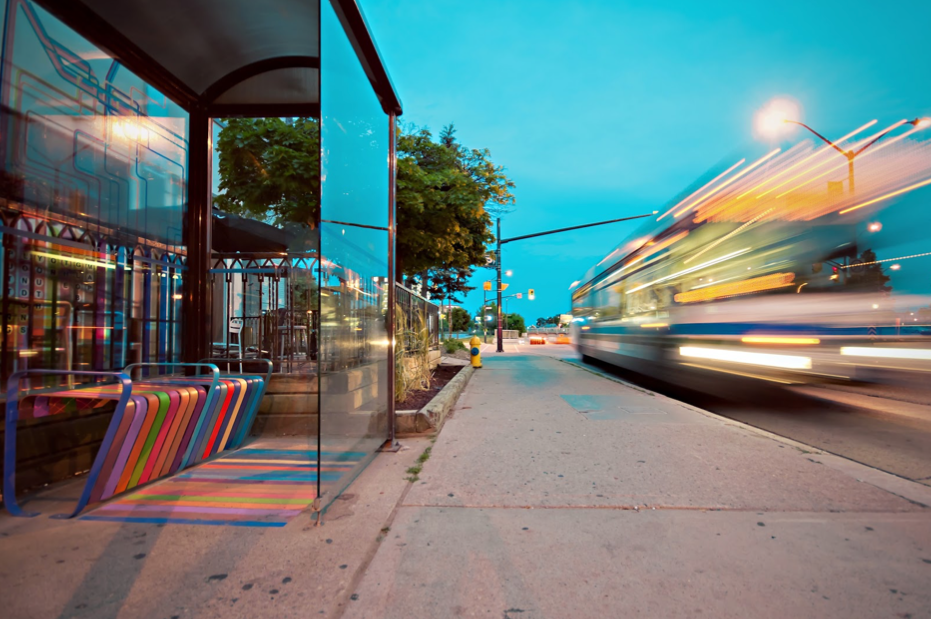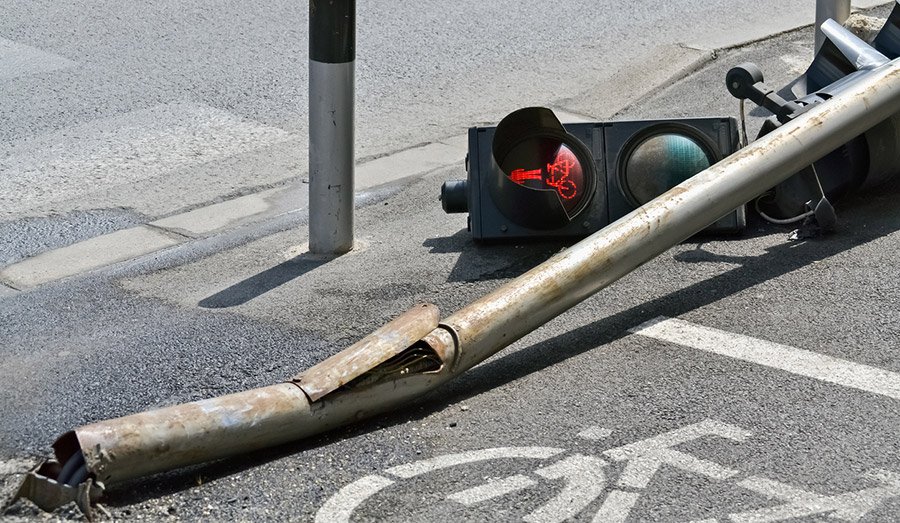When responding to an emergency, traffic congestion and red lights aren’t merely an inconvenience for first responders; they represent a critical delay in helping those in need. The Glance Preemption and Priority System uses a combination of hardware and software, working seamlessly together, to clear the path and get firefighters and first responders get to their destination faster and safer.


